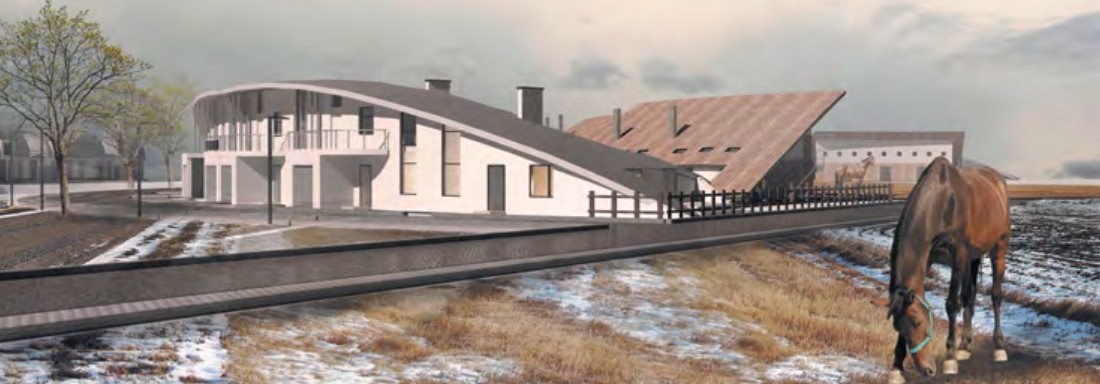Downloads
DOI:
https://doi.org/10.51461/projectbaikal.69.1868Keywords:
detached houses with public functions, architectural tools, ecological settlements, territories adjoining Lake BaikalAbstract
The lack of recommendations for establishment of a sustainable architectural environment at Lake Baikal predetermines a haphazard approach to territory development. The growing tourist flow increases anthropogenic environmental loads. These issues require the development of the necessary architectural tools for the implementation of local projects. The article focuses on the particular properties of the spatial solutions for detached houses with public functions.
How to Cite
Published
Issue
Section
References
Goldblatt, D. (2020) Aesthetics, narrative and the materials of architecture. Architectural Design, 90(5), 82-91. DOI: 10.1002/ad.2614
Ilvitskaya, S. V., & Lobkova, T. V. (2019). Arkhitektura zaglublennykh zdanii – perspektivnoe napravlenie “zelenogo” stroitelstva [The architecture of buried buildings is a promising direction of green construction]. ACADEMIA. Arkhitektura i stroitelstvo, 4, 127-133.
Jacoby, S. (2015). Typal and typological reasoning: A diagrammatic practice of architecture. Journal of Architecture, 20(6), 938-961. DOI: 10.1080/13602365.2015.1116104
Kolodin, K. I. (2004). Formoobrazovanie ob”ektov zagorodnoi sredy: uchebnoe posobie dlya vuzov [Shaping objects of rural environment: Manual for universities]. Moscow: Arkhitektura.
Kolodin, K. I. (2015). Interier zagorodnoi ulitsy [The interior of the country street]. Textbook for universities. Moscow: Arkhitectura.
Kolodin, K. I. (2016). Osobennosti arkhitekturno-planirovochnoi organizatsii i formoobrazovaniya ob”ektov poselenii, raspolozhennykh vblizi vodoemov [The principles of architectural design and forming objects of settlements located near water]. Novye idei novogo veka, Vol. 2, 141-145.
Kolodin, K. I. (2020). Rol arkhitekturnogo kontseptualizma v povyshenii kachestva proektnykh reshenii [The role of architectural conceptualism in improvement of the quality of design solutions]. The Eurasian Scientific Journal, 6(12). Retrieved from https://esj.today/PDF/24SAVN620.pdf
Lidin. K. (2018). Everything under control. Interior of the city as a manageable and managing environment. Project Baikal, 15(56), 26-31. https://doi.org/10.7480/projectbaikal.56.1316
Logvinov, V. (2016). From “green building” to architecture integrated with nature. Place preservation principle. Project Baikal, 13(50), 52-59. https://doi.org/10.7480/projectbaikal.50.1083
Luck, R. (2019). Design research, architectural research, architectural design research: An argument on disciplinarity and identity. Design Studies, Vol. 65, 152-166. https://doi.org/10.1016/j.destud.2019.11.001
Minyazova, A. B., & Aidarova, G. N. (2019). Podkhody i printsipy formirovaniya arkhitekturno-gradostroitelnoi sredy selskogo ekoturizma v Toskane [Approaches and principles of the formation of the architectural and urban planning environment of rural ecotourism in Tuscany]. Proceedings of Kazan State University of Architecture and Engineering, 1(47), 121-129.
Nikolaeva, A. S. (2019). Osobennosti formirovaniya kompozitsionno-esteticheskogo oblika turisticheskikh kompleksov na Baikale [Features of formation the composition and aesthetic image of the tourist complex on Baikal]. Bulletin of BSTU named after V. G. Shukhov, 6, 83-89.




